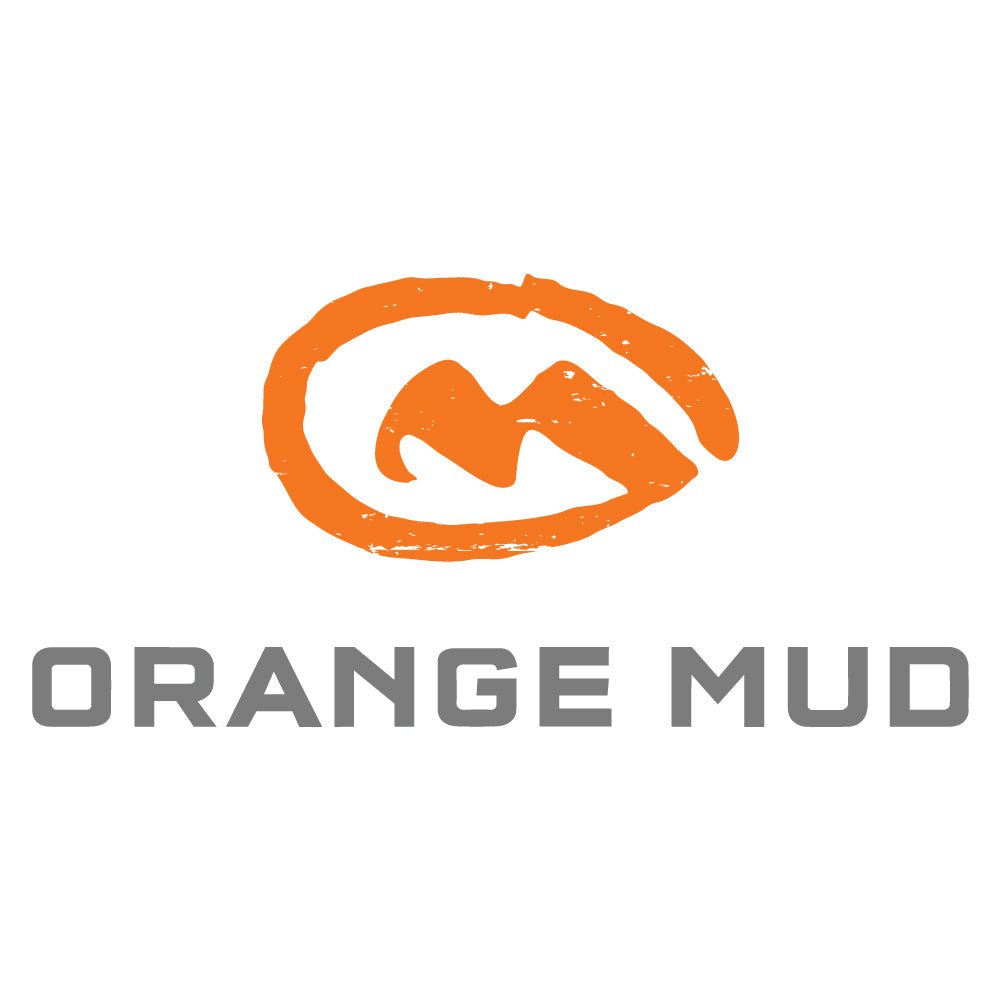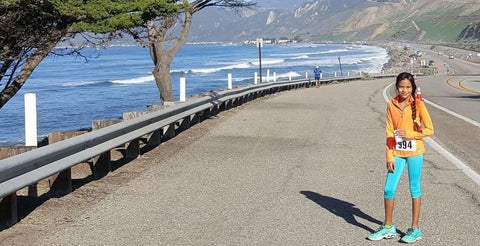I’ll never forget the final moments of my first half marathon. I had trained for months, working myself up from someone who couldn’t run a lap around the fitness studio into a girl who had successfully covered 13.1 miles.
I crossed the finish line with my arms held above my head in victory as my friends and family cheered and called my name from the sidelines. Race officials hung a finisher’s medal around my neck and draped a heat retention blanket around my shoulders. I hugged my running partner and accepted a slice of pepperoni pizza from a friendly volunteer. The entire experience felt like a dream.
The Reality of Race Waste
Standing in the finisher’s tent, I quickly came back to reality. Countless thoughts flooded my mind. “Oh my gosh, I just ran 13 miles. Wow, my legs are really sore. Would it be okay for me to grab another slice of pizza? Holy cow, look at all this trash!” As I looked around, I realized that I was standing amongst piles and piles of discarded Gatorade cups, browning banana peels, torn up race bibs, and crumpled silver heat blankets. As I headed to a celebratory brunch with friends, I couldn’t help but feel sorry for the clean up crew that would spend the afternoon picking up all of the junk.
As it turns out, the massive amounts of waste produced at marathons and other races are proving to be a threat to the environment. Let’s say, for example, that 20,000 runners are participating in a large marathon. During the race, each runner will likely use as many as ten disposable cups for fueling and hydration purposes. If you do the math, that’s 200,000 cardboard cups that will be tossed on the ground in the span of just a few hours. That number doesn’t even account for the countless water bottles, plastic fuel pouches, and Tyvek bibs that litter many miles of the course.
Marathons Making An Effort
Today, many large-scale marathons are taking steps to increase sustainability and decrease their carbon footprint. The Big Sur Half Marathon, for example, uses strictly compostable paper cups to prevent large amounts of waste from accumulating in landfills. They’ve also implemented a Refill Program in order to reduce the use of paper cups as a whole. Runners are encouraged to bring their own water bottles and refill them at the designated stations along the way. The Philadelphia Marathon is taking steps towards a greener race by stocking port-a-potties with biodegradable toilet paper and stationing “Waste Watchers” at the starting and finishing lines to help sort waste from compost and recycling. Following the eco-friendly race trend, the Boston Athletic Association utilizes hybrid and electric vehicles to transport race officials, photographers, and media members on the day of the Boston Marathon.
Steps Towards A Greener Race
It’s certainly refreshing to know that major marathons are taking steps to reduce waste and preserve the environment, but what about smaller races that are behind the curve? Race organizations that would like to incorporate environmentally friendly practices into their race day efforts may benefit from gaining the ReSport Certification from the Council for Responsible Sport. This certification allows you to earn points for various green efforts, such as donating discarded clothing and providing digital swag bags.
A Runner’s Responsibility
Individual runners can take matters into their own hands as well. Eco-conscious race participants ought to consider registering online, carpooling with friends, and carrying their own refillable water bottles. The HydraQuiver from Orange Mud makes it easy for runners to take responsibility for their personal race hydration. This made-in-the-USA pack is small in size, but enormous in function. The breathable, lightweight pack uses silky smooth webbing and thick foam padding to provide ample support and prevent uncomfortable chafing. Equipped with multiple easy-access pockets and a full-sized reusable water bottle holder, there’s plenty of space to stash race day essentials. If you’re racing for a qualifying time and don’t want to stop often to refill your water, check out the HydraQuiver Double Barrel, which holds two full sized water bottles. Adjustable straps ensure that there will be absolutely zero bouncing or sloshing, no matter how long the race.

